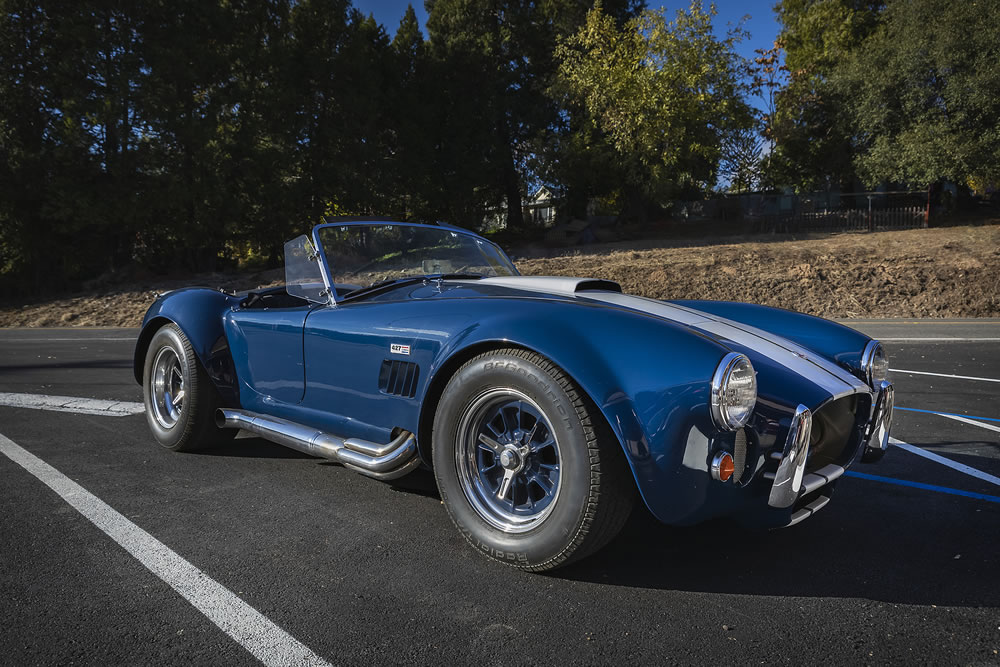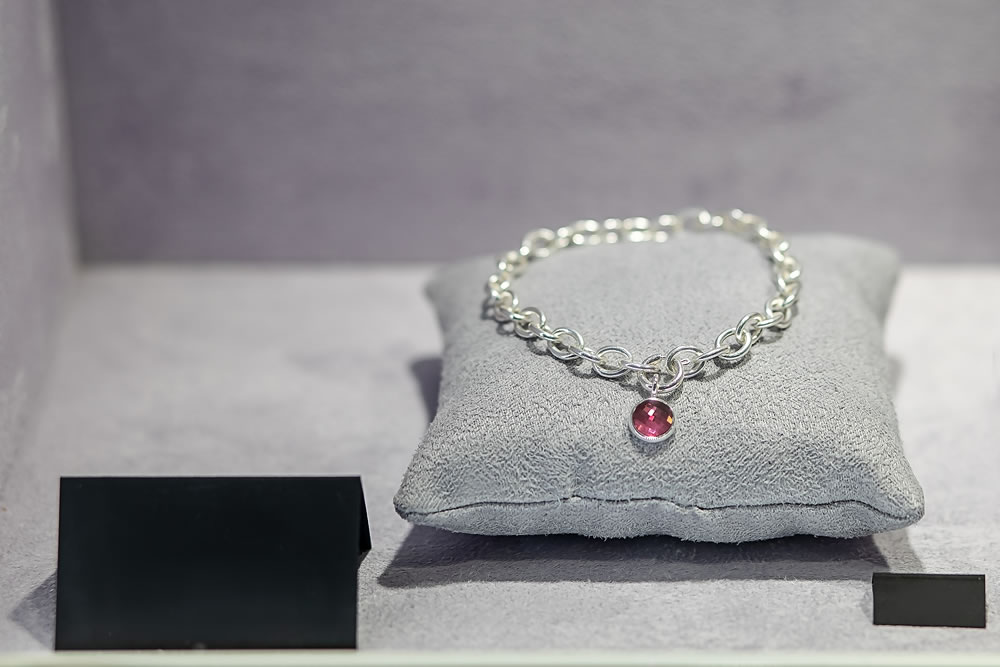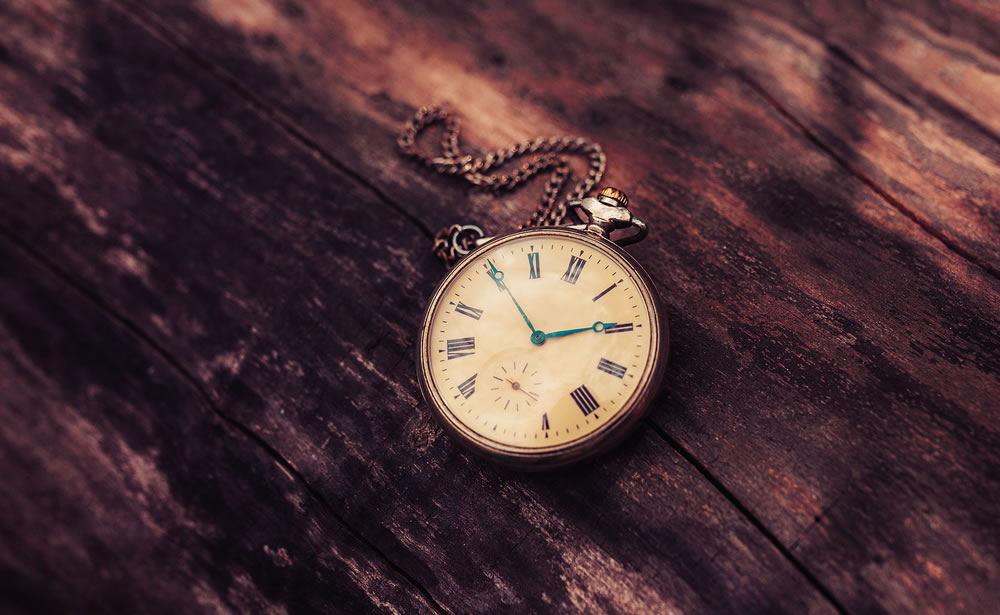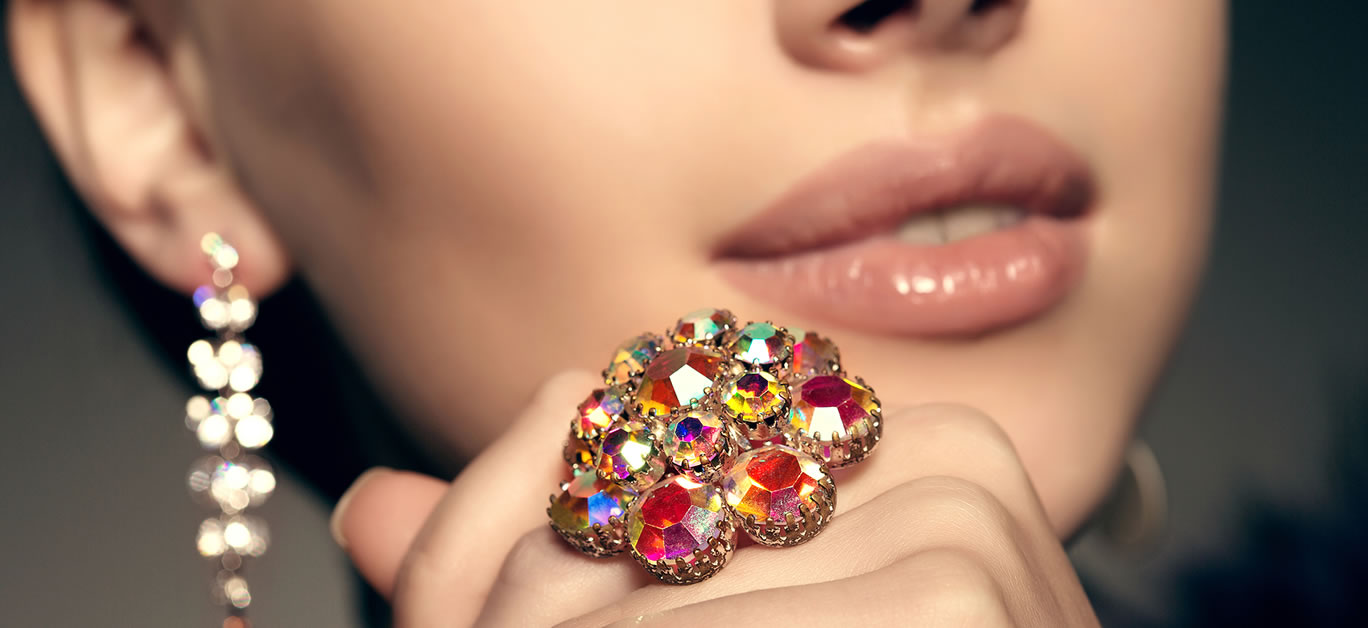Words by Effie Datson, global head of family office at Barclays Private Bank
The Covid-19 pandemic has shaken up nearly every consumer category, influencing new behaviours, stifling some industries and inspiring growth in others. Emerging trends in the luxury sector suggest extravagance is being usurped by nostalgia and sustainability.
Dynamics within the luxury sector are changing. If you’ve found yourself slipping on your father’s vintage watch this year or gazing at sepia-tinted photos of past holidays, you’re not alone. In a study published in the journal Frontiers, researchers found that nostalgia enhances well-being and feelings of social connection. Given the impact that Covid-19 has had on the way we live, work and shop, it is unsurprising that imposed isolation during the pandemic has fuelled nostalgia-driven luxury purchases.
How the pandemic has fuelled nostalgia-driven luxury purchases
While sales of luxury goods have contracted considerably, due to store closures and global uncertainty, jewellery has remained remarkably resilient, with gold reaching an all-time high in August of US$2075 a troy ounce (at time of writing it is hovering around US$1839).

E-commerce traditionally accounted for only a fraction of watch and jewellery sales. Many expected this section of the industry to be hardest hit by the pandemic. However, much like the automotive trade, jewellery is now being bought extensively online.
Christie’s has seen a surge in digital engagement across 134 countries, with a 70% increase in daily visitors and ten of Sotheby’s most valuable lots online have been filled by jewels. There have even been record-buying auction purchases across the world: in April a bid of US$1.34m was placed on a 1930s Cartier Tutti Frutti bracelet, and in June an emerald-cut diamond sold for US$2.1m. So what’s driving this resurgence of interest in jewellery?
The jewels of the past
Nostalgia is evident in the surge of interest in antique and repurposed jewellery – an intricate reminder of a time before the pandemic hit. “Clients love the idea that such jewellery includes something completely unique, which survived splendidly through so many years and challenges, and emanates this soothing and understated energy of things that have been around for a long time,” says Caterina Degiacomi, an Italian historian who refurbishes antique jewels and resets them in new designs.

Jewellery is often designed with the intention of being passed down the generations, from one bejewelled hand to the other. As we have shown, wealth creators often feel that wealth should be used first to benefit the family.
Nike Anani, founder and CEO of Nike Anani Practice and an expert on building resilient family enterprises, says that wealth isn’t just about profit: “Family wealth is often an emotional investment. It’s about the legacy families want to leave and how each generation wants to add to that and carry it forward.”
Green is the new black
Traditionally, luxury has been opulent and extravagant. Today, there are signs that buyers are looking for more meaning. A third of consumers have questioned their spending during the pandemic and 35% will put more emphasis on sustainability.
All families have a value system. When those values are defined it is much easier for families to focus on a core purpose for their wealth.
Luxury consumers are increasingly more discerning. Not just transformed gems – restored antiques, sustainable luxury cars and vintage watches are also enjoying their moment. Luxury car makers are recycling plastic bottles, wood and even fish nets in their designs. Luxury watch makers, Chopard have committed to only using ethical gold in their creations.

Buyers are looking for pieces that breathe individuality. “We’ve seen increased demand for one of a kind luxury items across all categories: furnishings, art, jewellery and vintage clothing. In this Covid environment, collectors and recreational buyers alike have shifted their discretionary buying to trusted online sourcing communities, such as 1stDibs.com. In particular, art and jewellery have experienced unprecedented growth as they’re both investment and pleasure pieces,” says David Rosenblatt, CEO, 1st Dibs.
The pandemic has left us looking deeper into ourselves. “There’s a shift from the obsession with ownership to only using things that have personal value. You’ll have these really nice, well-made objects around you to elevate the sense of things which are important in your own life,” says Martina Olbertova, luxury expert and CEO of Meaning.Global.
No time like the present
In these days of record low-interest rates, high-net-worth individuals can face several problems. Tax complications may constrain you if you’re disposing of existing investments in order to buy new ones. Holdings may now be dominated by shares from a particular sector, meaning that diversification becomes a real difficulty.
Meanwhile, the attractions of jewellery, antiques or other luxury items remain constant – perhaps also because now, more than ever, we want to give gifts that matter, particularly when we can’t be with our loved ones in-person.























